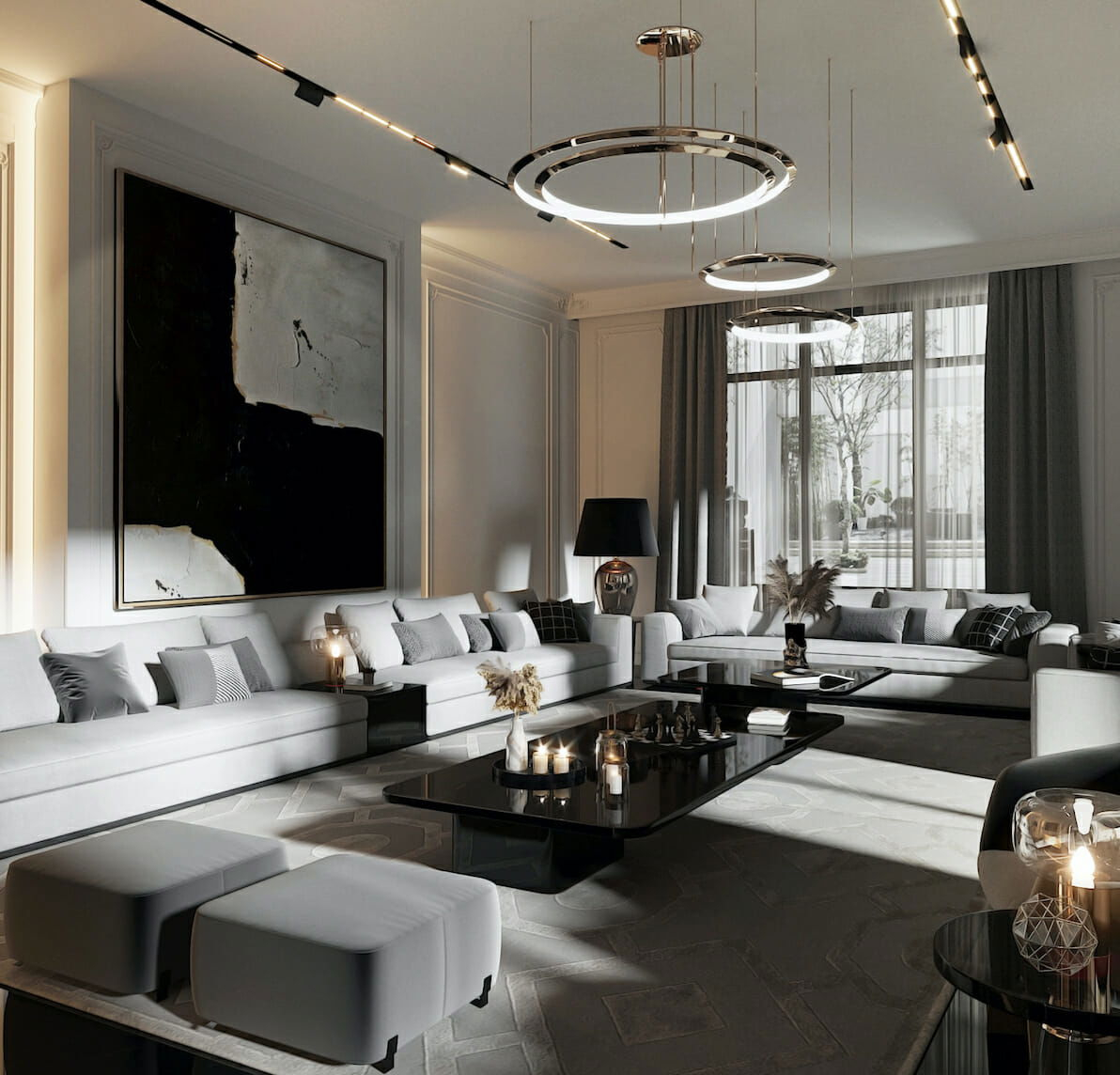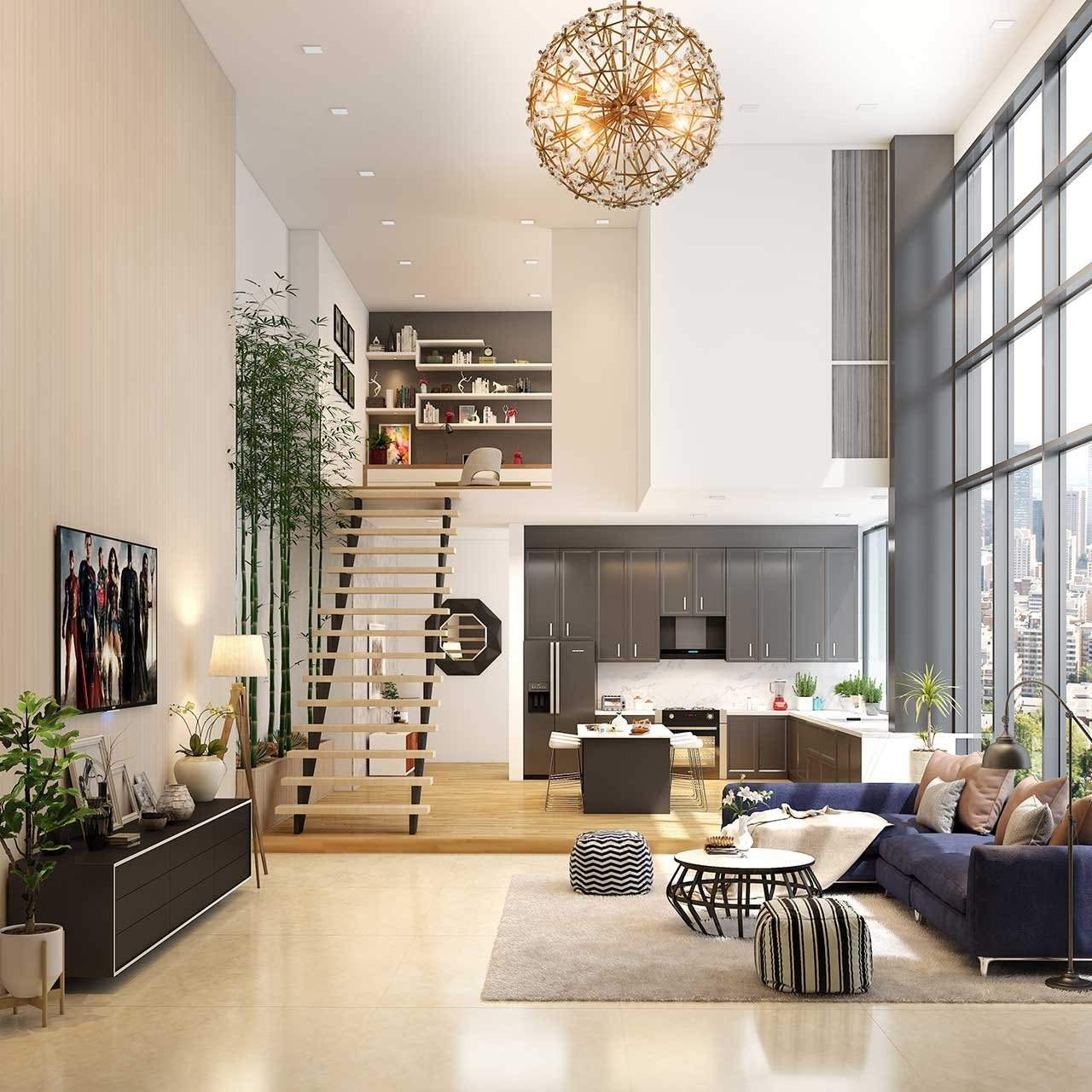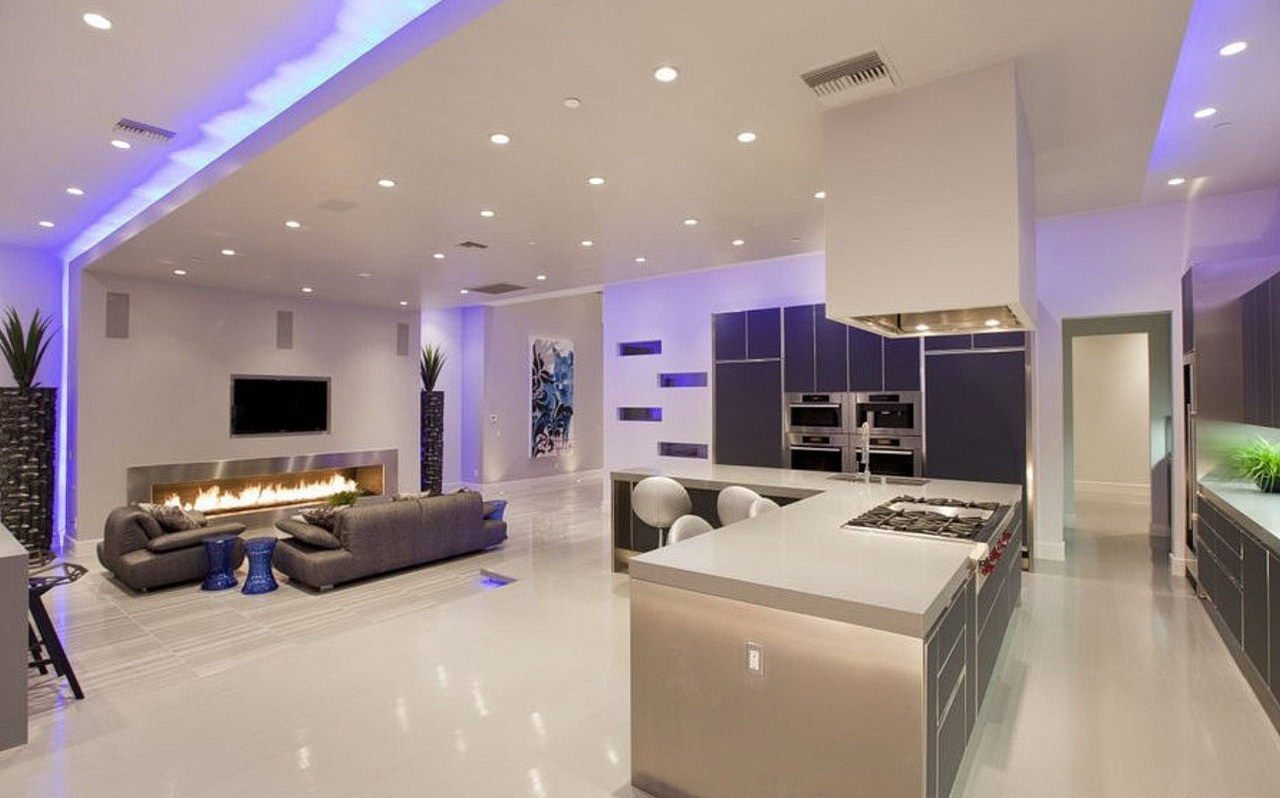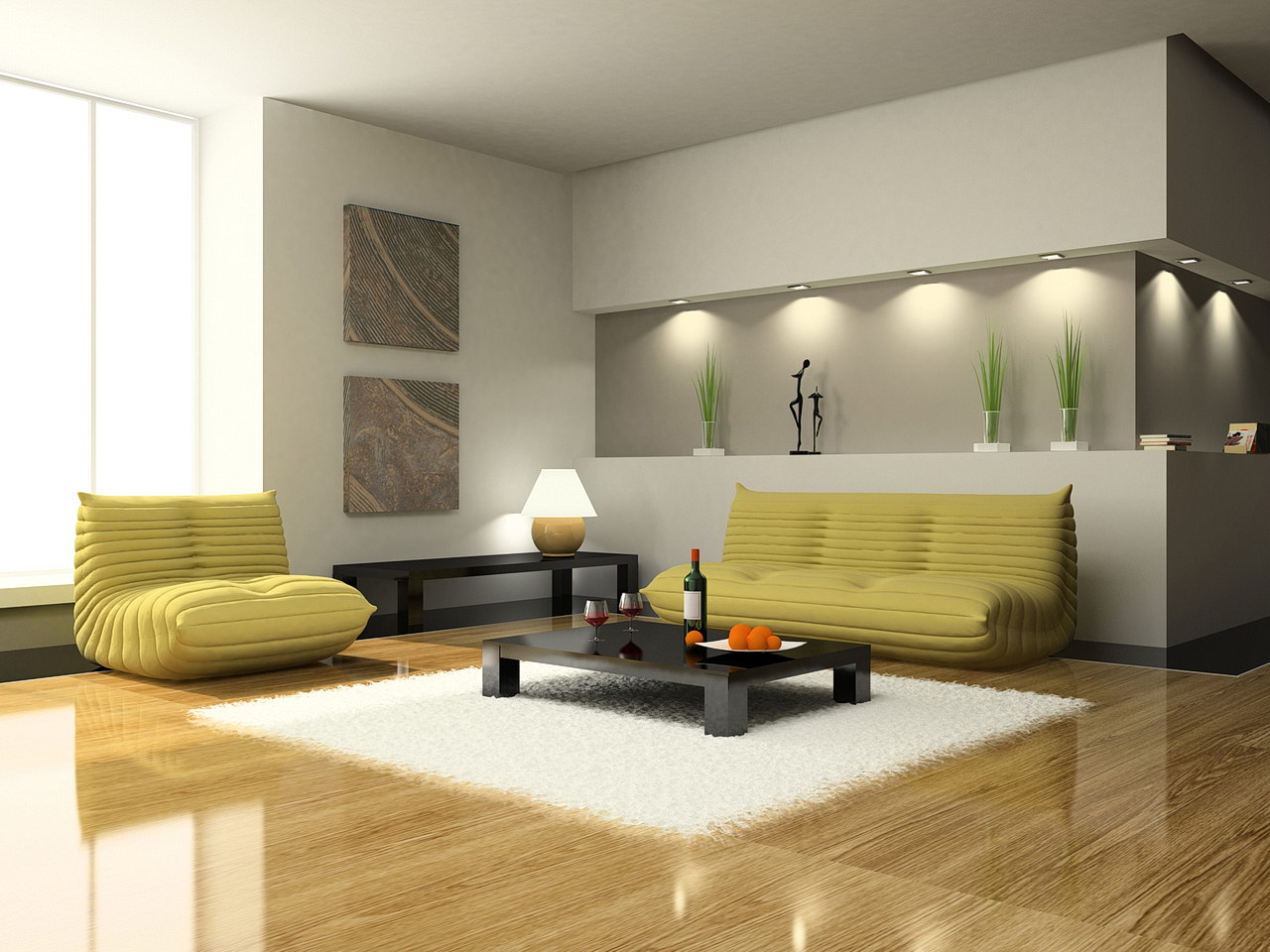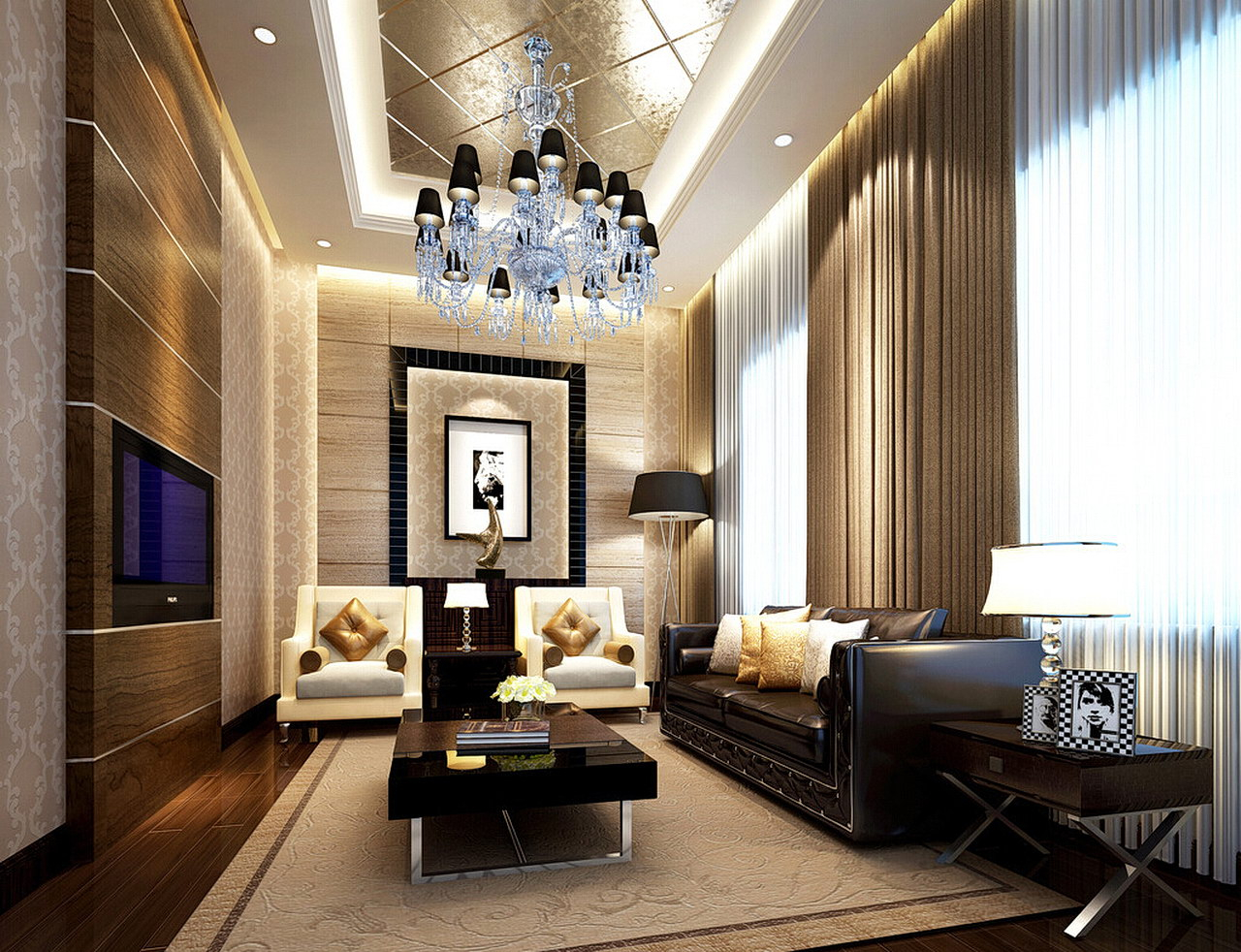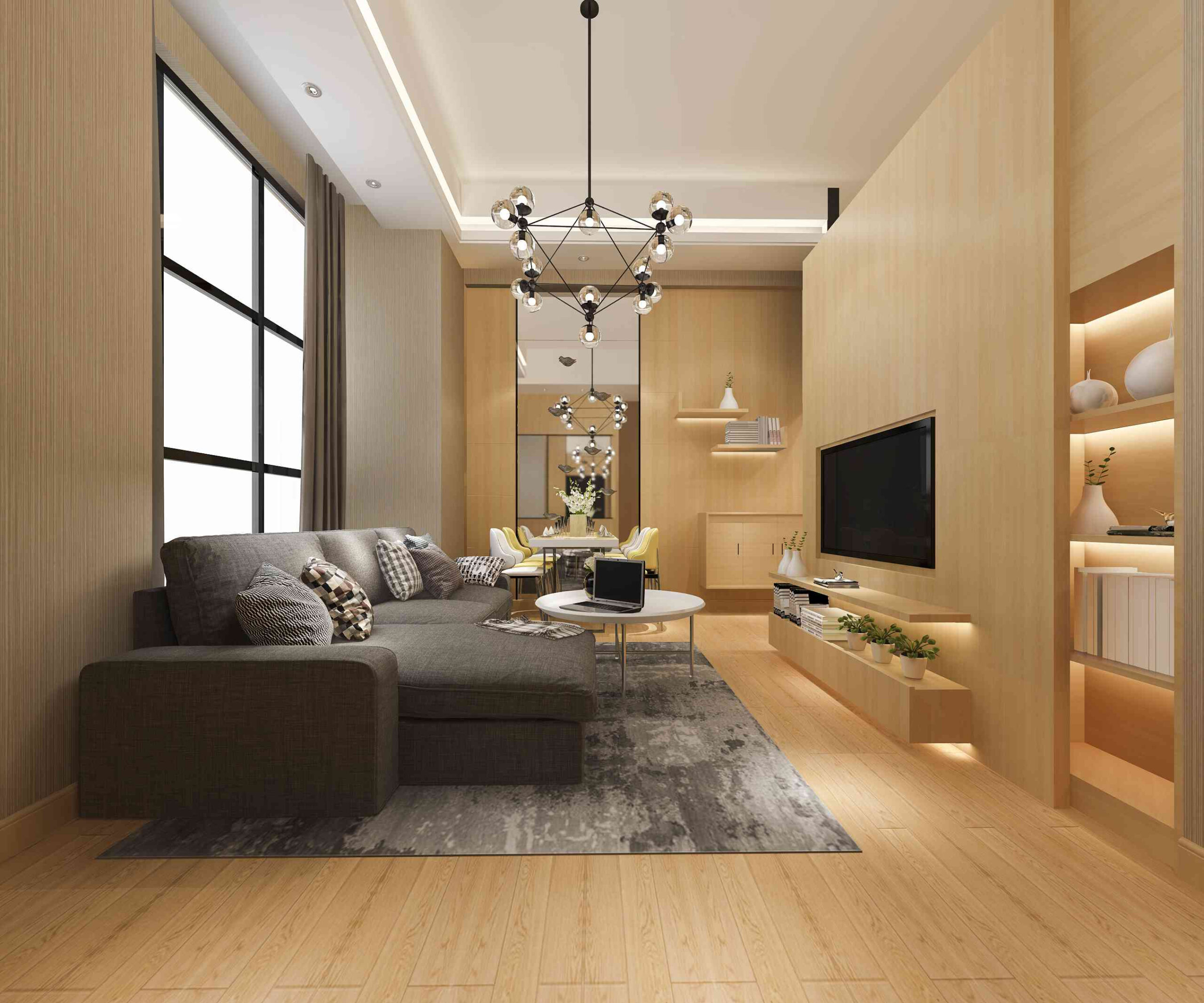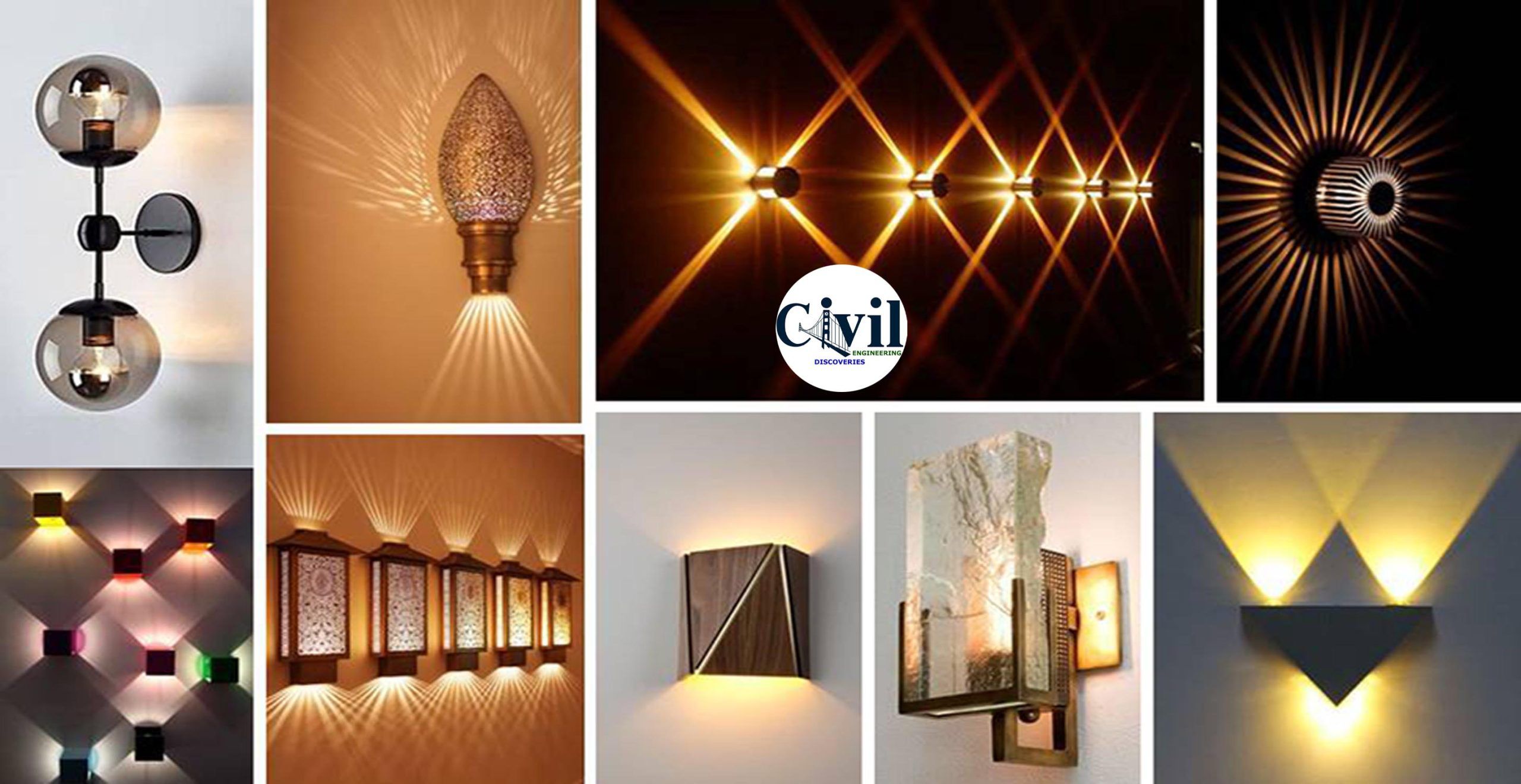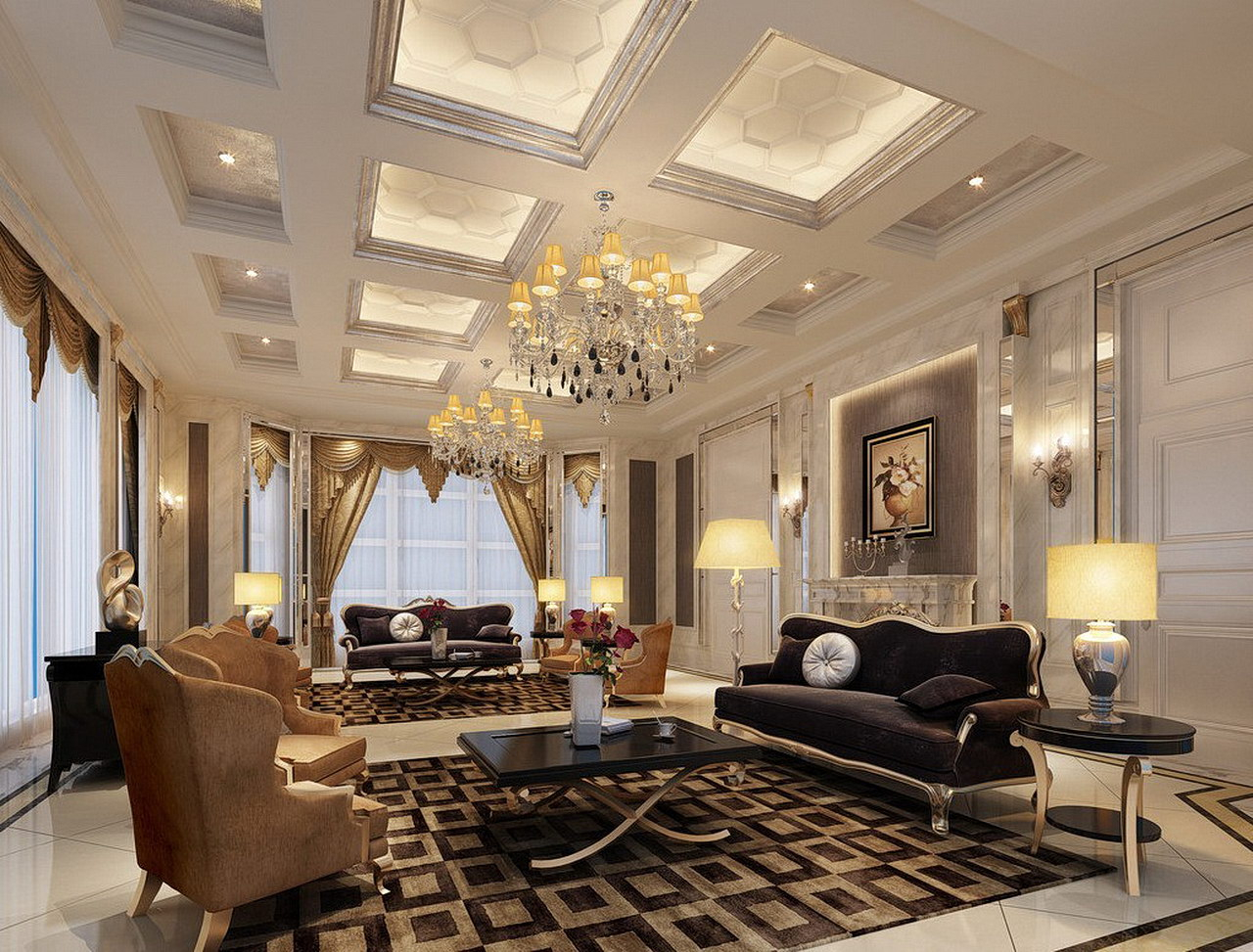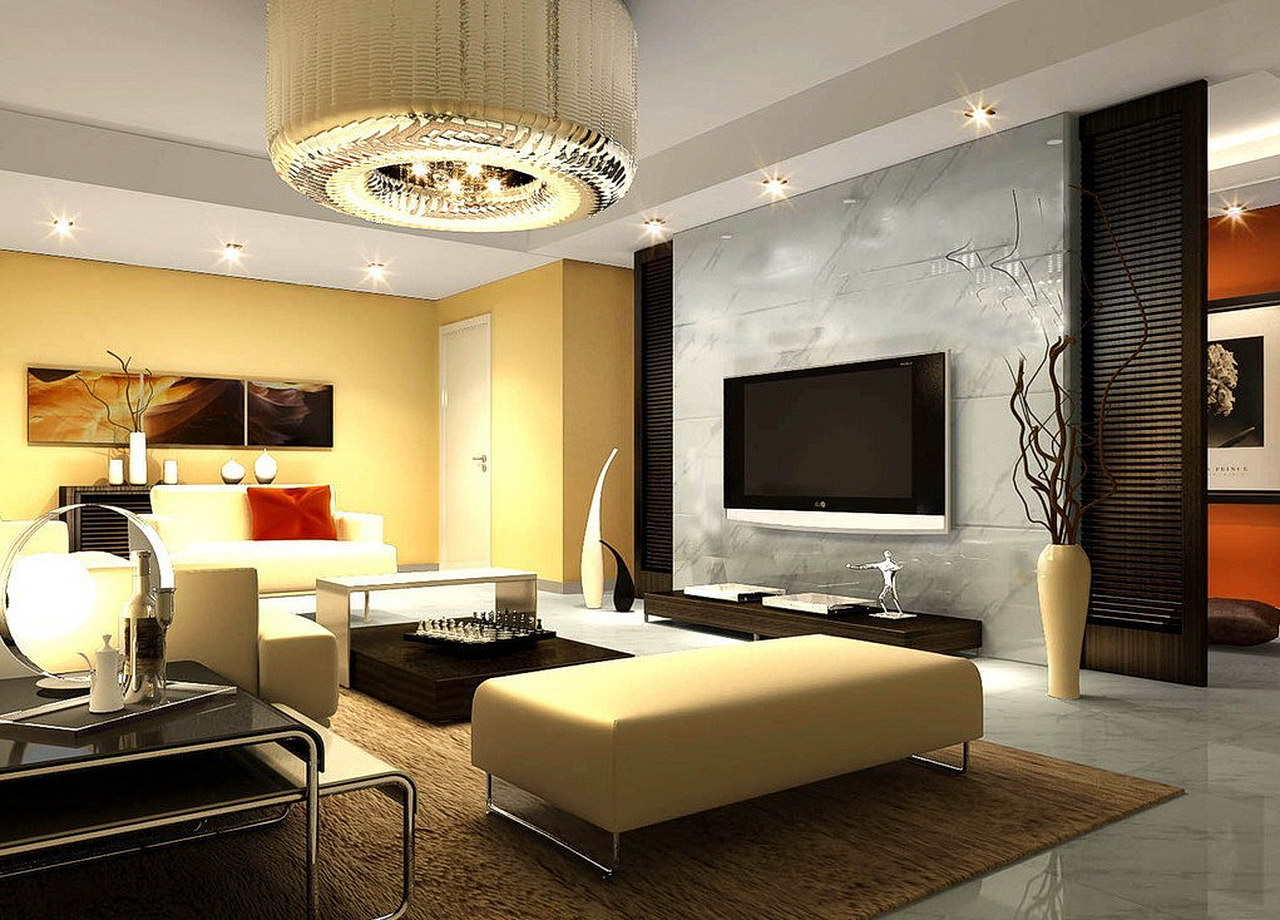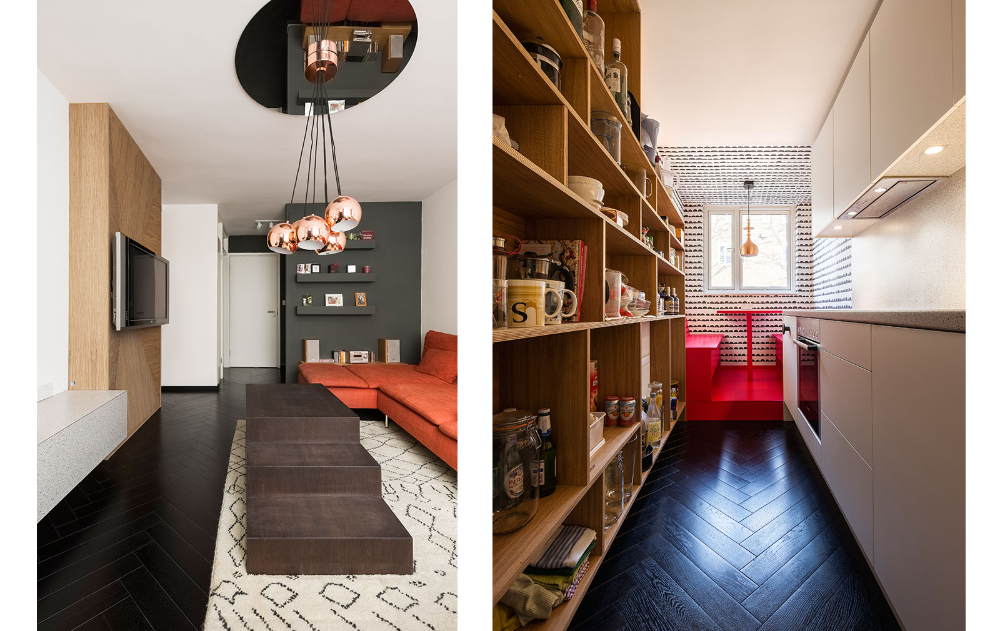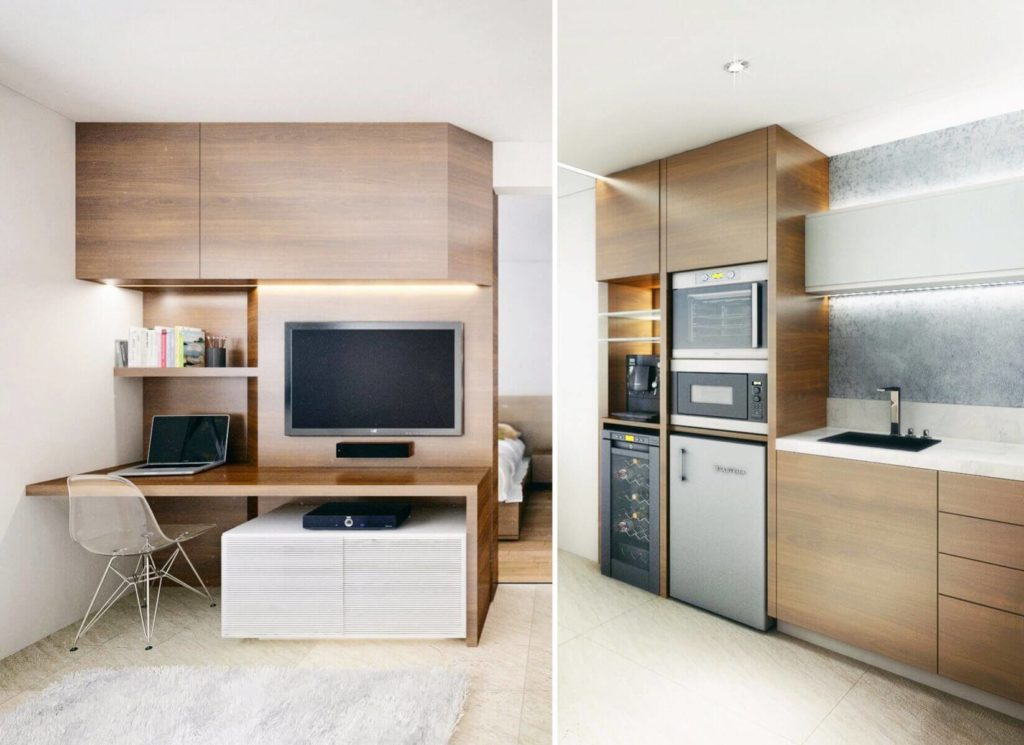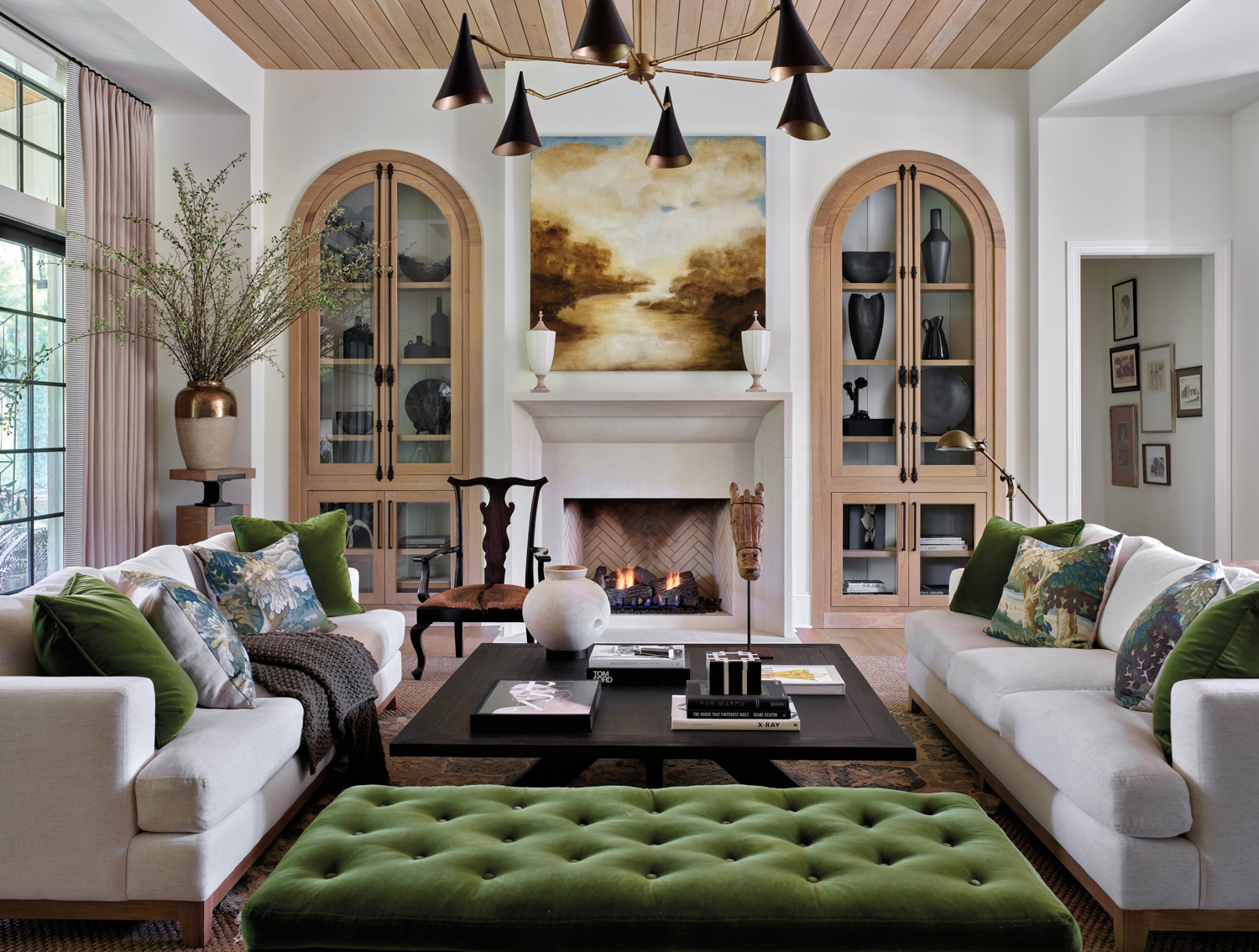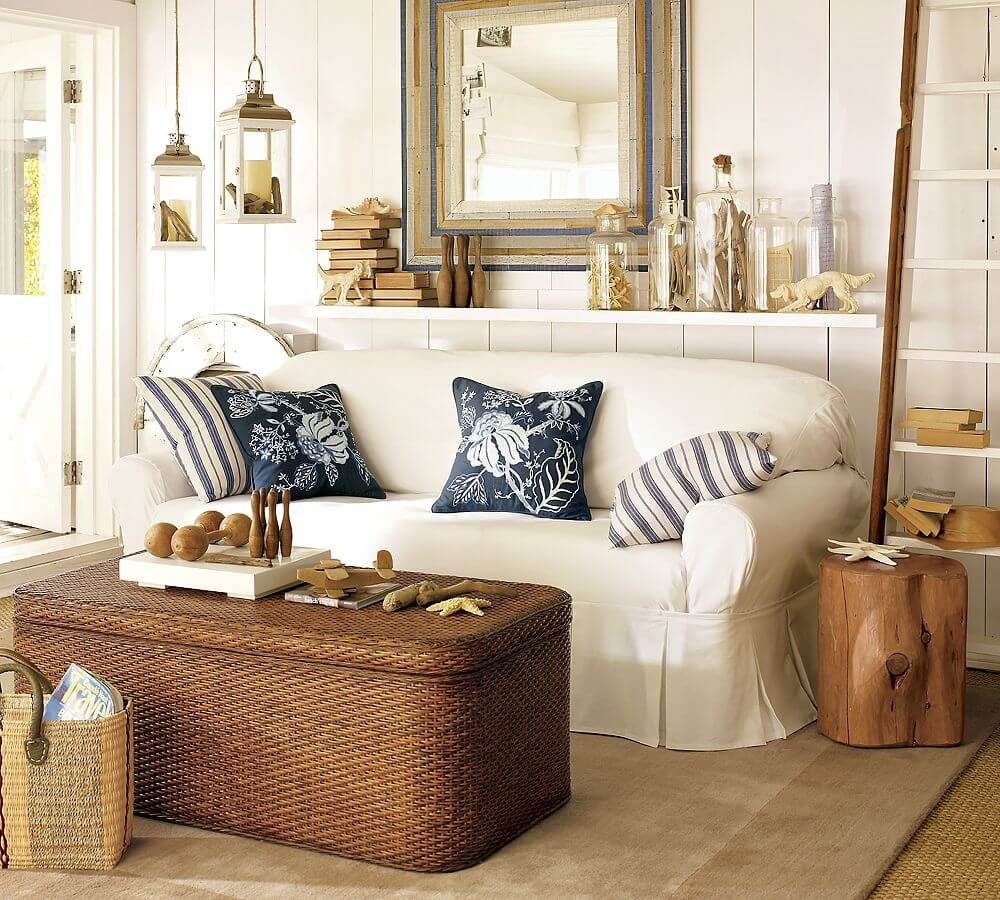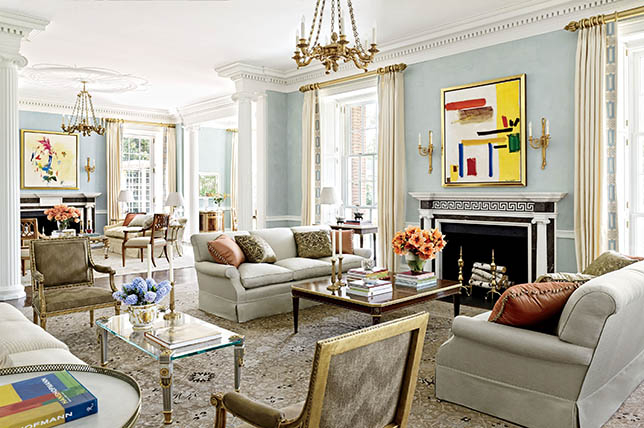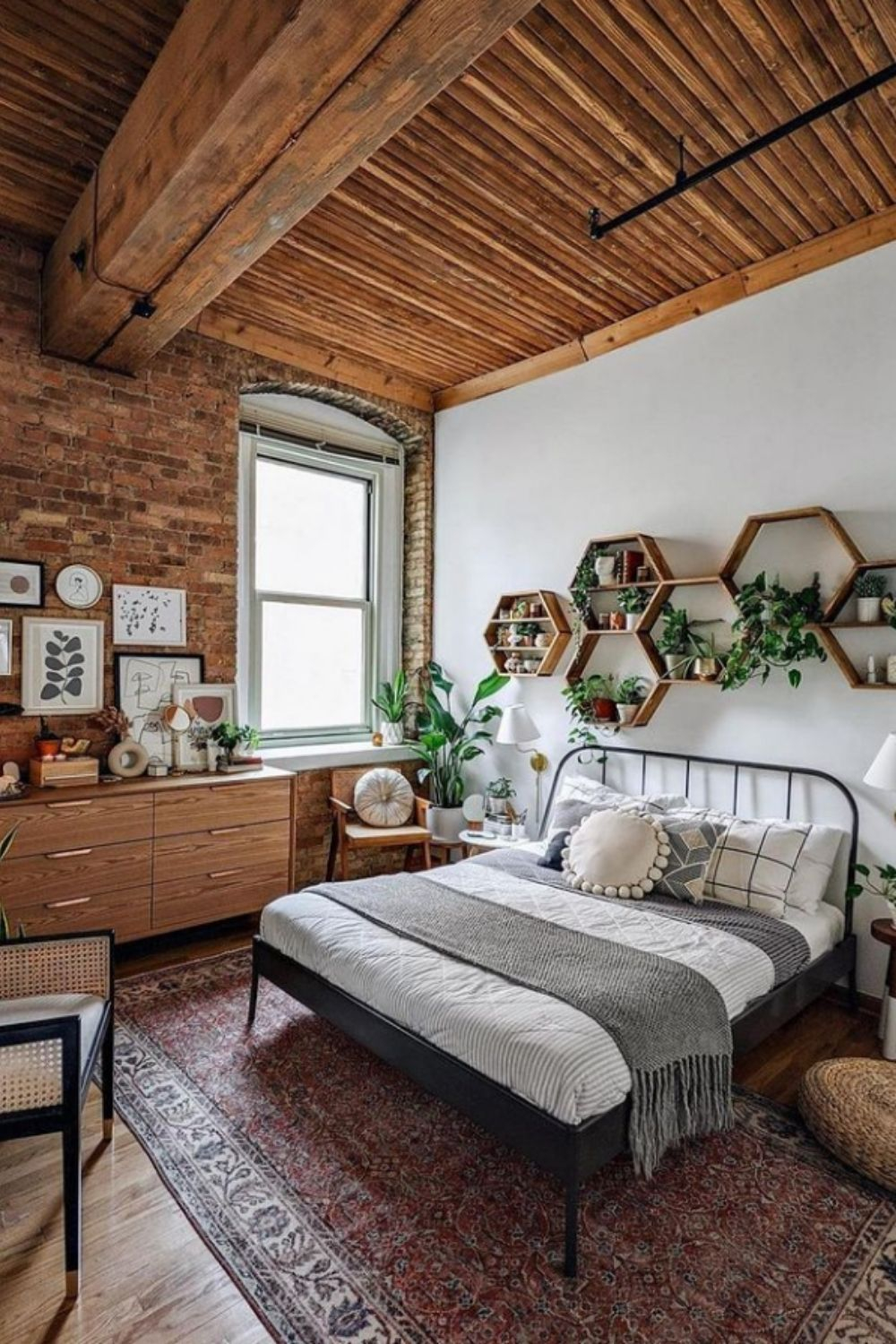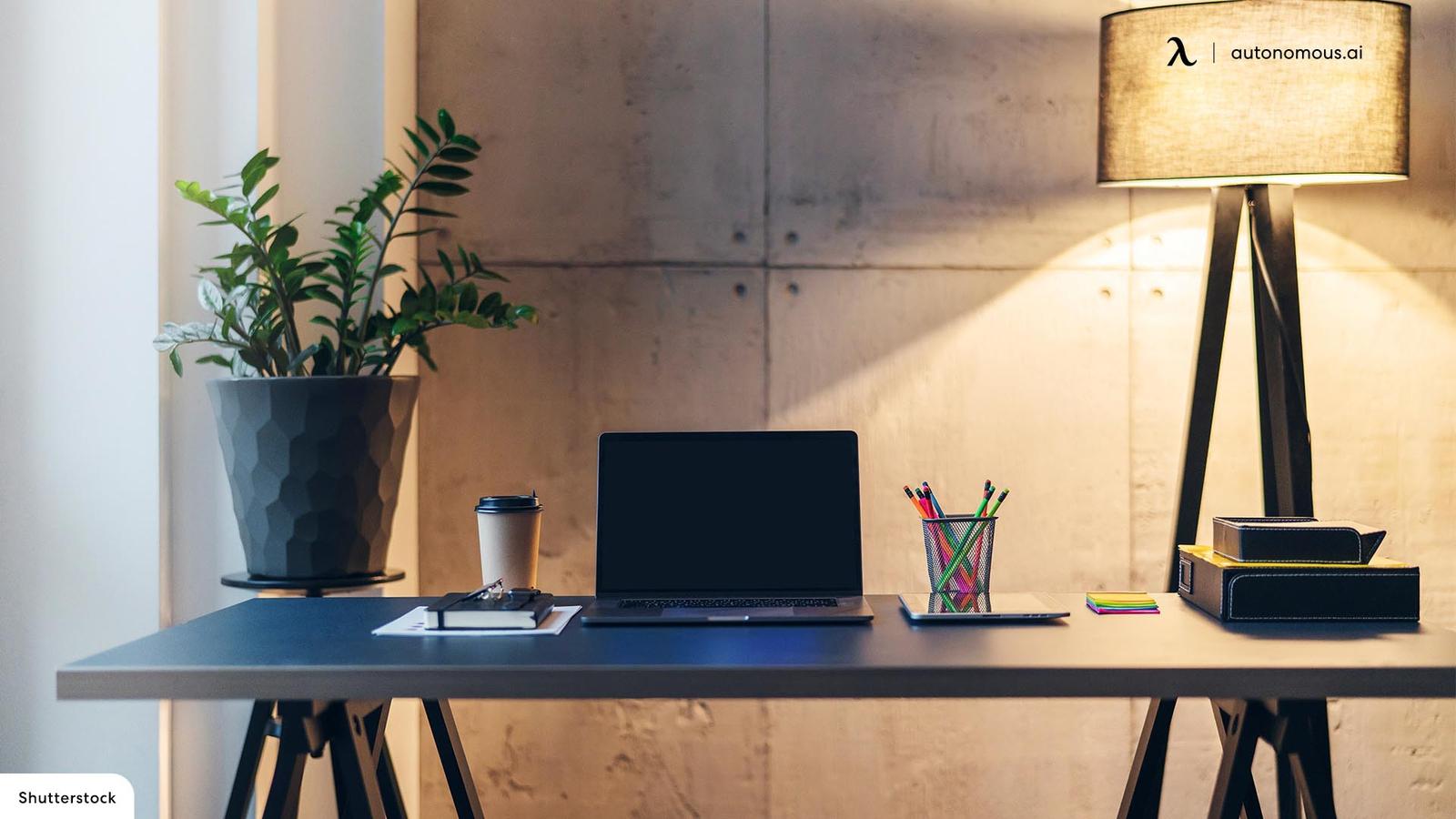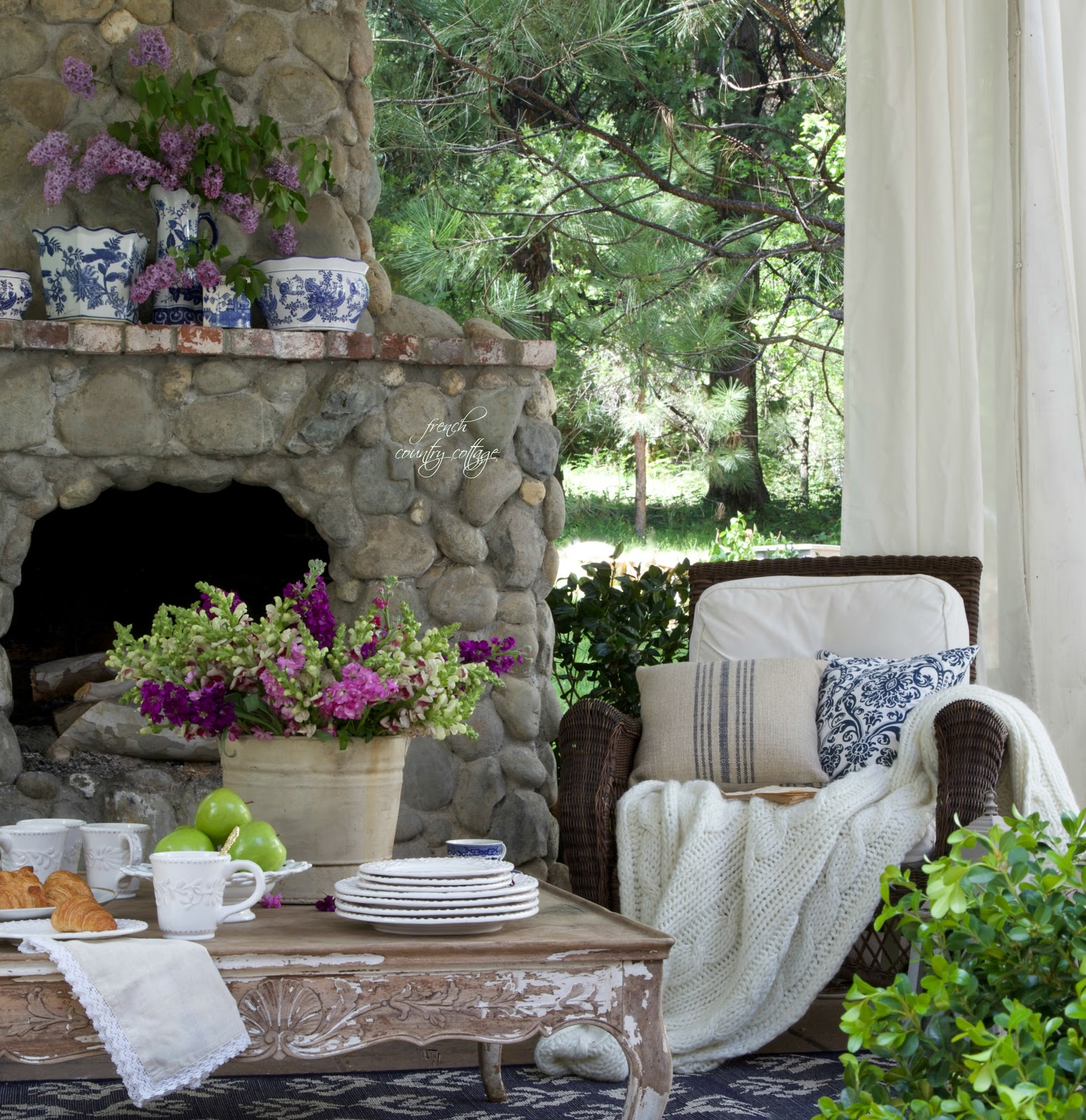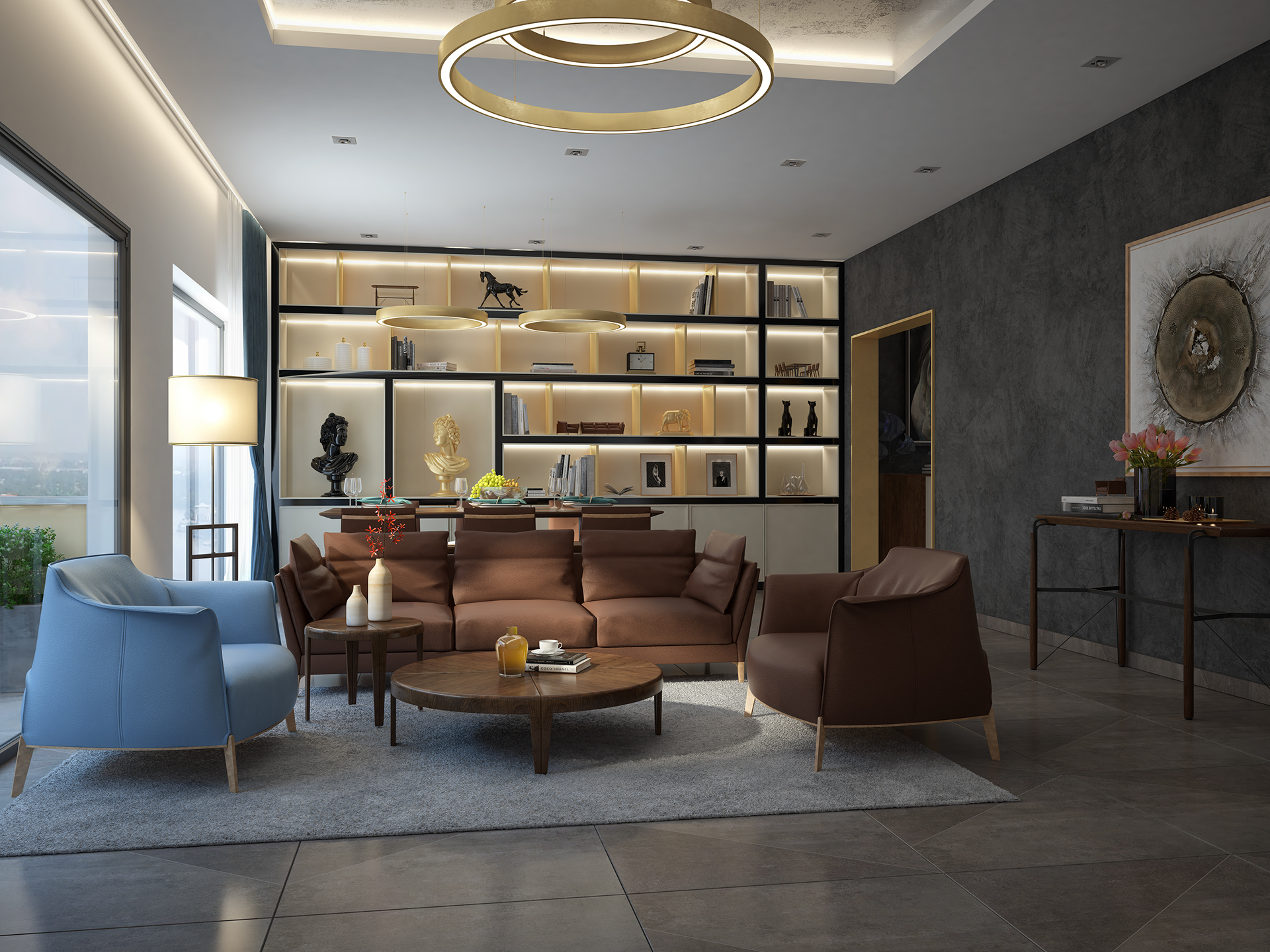Ever walked into a room and just felt… right? Chances are, it wasn’t just the decor. It was the light. Lighting is so much more than just visibility; it’s the invisible architect of mood, atmosphere, and how we actually use our spaces. When done right, layering light can take your home from functional to fabulous, creating a warm, inviting environment that adapts to your every need. It’s about more than just flipping a switch; it’s about painting with light.
Think about your favorite room. What makes it special? For many, it’s the way the light falls, creating cozy corners or bright, energizing zones. In the world of home design, this intentional use of light is called ‘layering.’ Instead of relying on a single overhead fixture, layering involves combining different types of light to achieve both aesthetic appeal and practical purpose. It’s a method that’s both beautiful and incredibly smart, allowing you to tailor the illumination to any activity or mood. Why settle for one-size-fits-all when you can have a lighting scheme that’s as dynamic as your life?
Understanding the Three Layers of Light
At its core, layering light is about mastering three fundamental types of illumination:
Ambient Lighting: This is your general, overall light. Think of it as the foundation. It’s the light that fills the room, providing a comfortable base level of brightness. Ceiling fixtures, recessed lights, and chandeliers are common examples. Without good ambient light, a room can feel dim and unwelcoming.
Task Lighting: This is the focused light you need for specific activities. Reading a book, chopping vegetables, applying makeup – these all require direct, often brighter, light. Desk lamps, under-cabinet lights in the kitchen, and vanity lights are great examples of task lighting. It’s all about making sure you can see what you’re doing clearly and safely.
Accent Lighting: This is the ‘wow’ factor. Accent lighting is used to draw attention to specific features, like artwork, architectural details, or plants. It adds depth and visual interest to a room. Track lights aimed at a painting, wall sconces highlighting a textured wall, or small spotlights on a bookshelf fall into this category. It’s the finishing touch that adds personality and drama.
Creating Ambiance: Setting the Mood
Ambiance is all about feeling, and light plays a starring role. Layering allows you to sculpt the mood of a space. Imagine a living room: during the day, bright ambient light might be perfect for entertaining. But in the evening, you might want to dim the overhead lights and switch on some softer task lighting, like a floor lamp next to your armchair, and perhaps a few accent lights to highlight a piece of art. This creates a more intimate and relaxing atmosphere. Using dimmers is your best friend here. They give you incredible control, allowing you to adjust the intensity of your ambient and even accent lights to suit the time of day or your desired mood. Warm-toned bulbs (around 2700 Kelvin) generally create a cozier, more inviting feel than cooler, bluer tones.
Boosting Functionality: Making Spaces Work
Beyond mood, good lighting is crucial for making your home functional. Consider your kitchen: you need bright ambient light for general movement, but you absolutely need focused task lighting over your countertops and stove for safe food preparation. Without it, you’re working in your own shadow. Similarly, a well-lit home office needs good ambient light to prevent eye strain, but a quality desk lamp is essential for focused work. Even in a bedroom, while soft ambient light is great for winding down, a bedside lamp for reading is a must. Layering ensures that each area of your home is equipped to handle its intended purpose efficiently and comfortably.
Practical Tips for Layering Light in Every Room
Let’s get practical. How do you actually do this?
Living Room: Combine a central ceiling fixture (dimmable, of course) with floor lamps in corners, table lamps on side tables, and perhaps some picture lights to showcase art. This provides flexibility for different activities, from hosting guests to enjoying a quiet evening.
Kitchen: Start with good ambient light from ceiling fixtures or recessed lights. Then, add crucial task lighting with under-cabinet lights for prep areas and perhaps a pendant light over an island. Accent lighting could highlight shelves or a backsplash.
Bedroom: A dimmable overhead light is good for general use. Bedside lamps are essential for reading and create a cozy feel. Consider a closet light that turns on automatically or a soft accent light to highlight a dresser.
Bathroom: Bright, even ambient light is important, often from a ceiling fixture. Crucially, you need good task lighting around the mirror – sconces on either side are ideal for even illumination without shadows when getting ready. Avoid a single light directly overhead the mirror if possible.
Home Office: A general overhead light is a starting point. A directable desk lamp is non-negotiable for focused work. Consider ambient lighting that reduces glare on your computer screen, perhaps a floor lamp behind you.
Choosing the Right Fixtures and Bulbs
The type of fixtures and bulbs you select significantly impacts the final effect. For ambient light, consider flush mounts, chandeliers, or recessed lighting. For task lighting, think about adjustable floor lamps, desk lamps, pendants, and under-cabinet strips. Accent lighting often uses spotlights or track lighting. When it comes to bulbs, pay attention to the color temperature (Kelvin) and brightness (lumens). As mentioned, warm white (2700K-3000K) is great for living areas and bedrooms, while cooler white (3500K-4500K) can be useful in kitchens or bathrooms where more clarity is needed for tasks. And don’t forget dimmers. They are arguably the most important tool in a layered lighting plan, giving you unparalleled control over the atmosphere.
Avoiding Common Lighting Pitfalls
It’s easy to get lighting wrong. One common mistake is relying solely on overhead lighting, which can create a flat, uninviting look and stark shadows. Another pitfall is using the wrong color temperature for the space – too cool a light in a bedroom can feel sterile, while too warm a light in a kitchen might make it harder to see clearly. Insufficient task lighting is also a major issue, leading to eye strain and difficulty performing everyday activities. Overlooking dimmers is another missed opportunity to maximize flexibility. Finally, remember that scale matters. A tiny lamp in a large room won’t provide enough light, just as an overly large fixture can overwhelm a small space. Think about the size of your room and furniture when selecting fixtures.
Layering light is a powerful technique that transforms how your home looks and feels. By thoughtfully combining ambient, task, and accent lighting, you can create spaces that are not only visually stunning but also perfectly functional for every aspect of your life. It’s about adding warmth, depth, and adaptability. So, take a look around your home. Where could a little more light – or a different kind of light – make a difference? Experiment, play with dimmers, and don’t be afraid to mix and match. You’ll be amazed at how much a well-lit home can enhance your everyday living.

